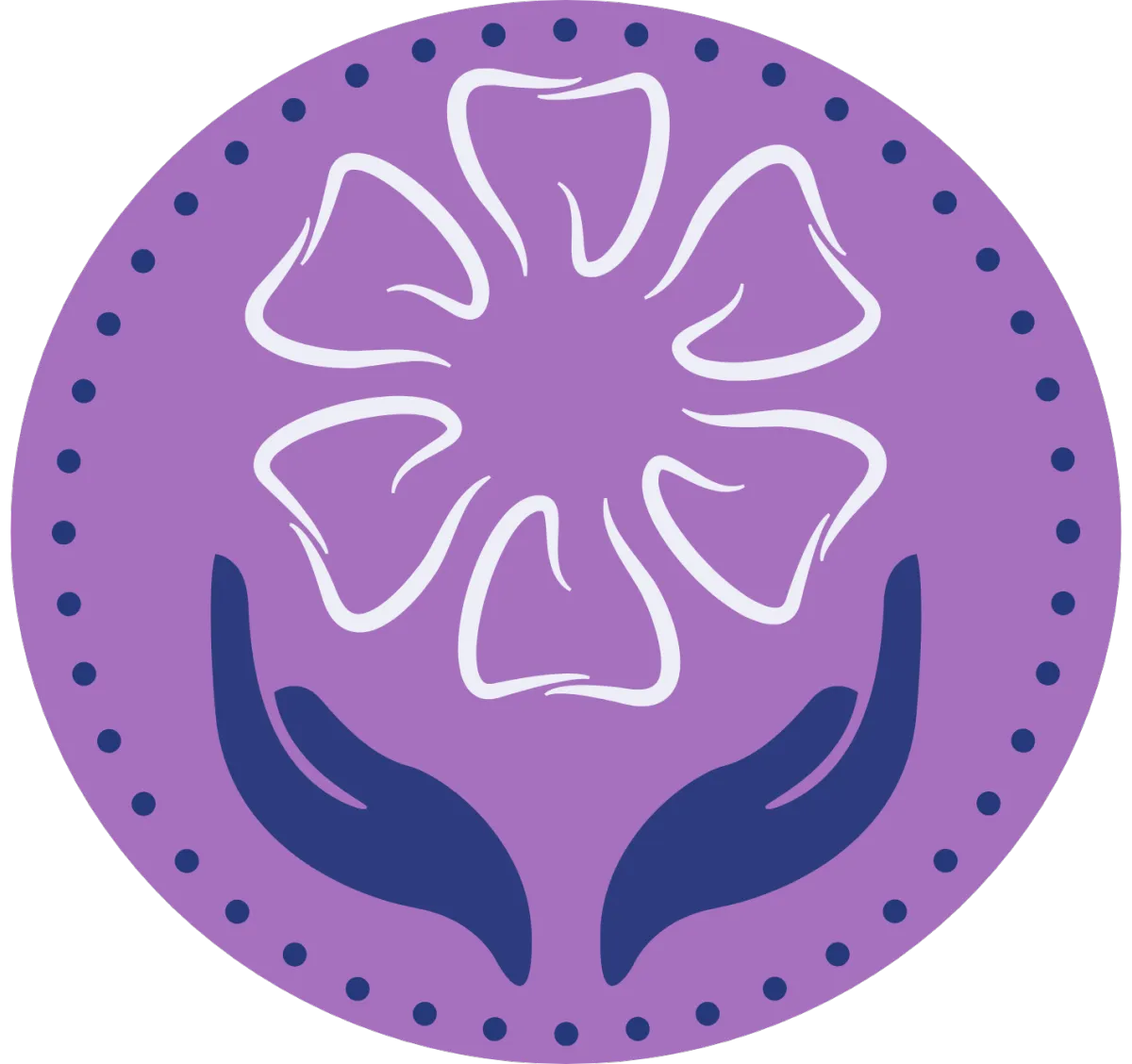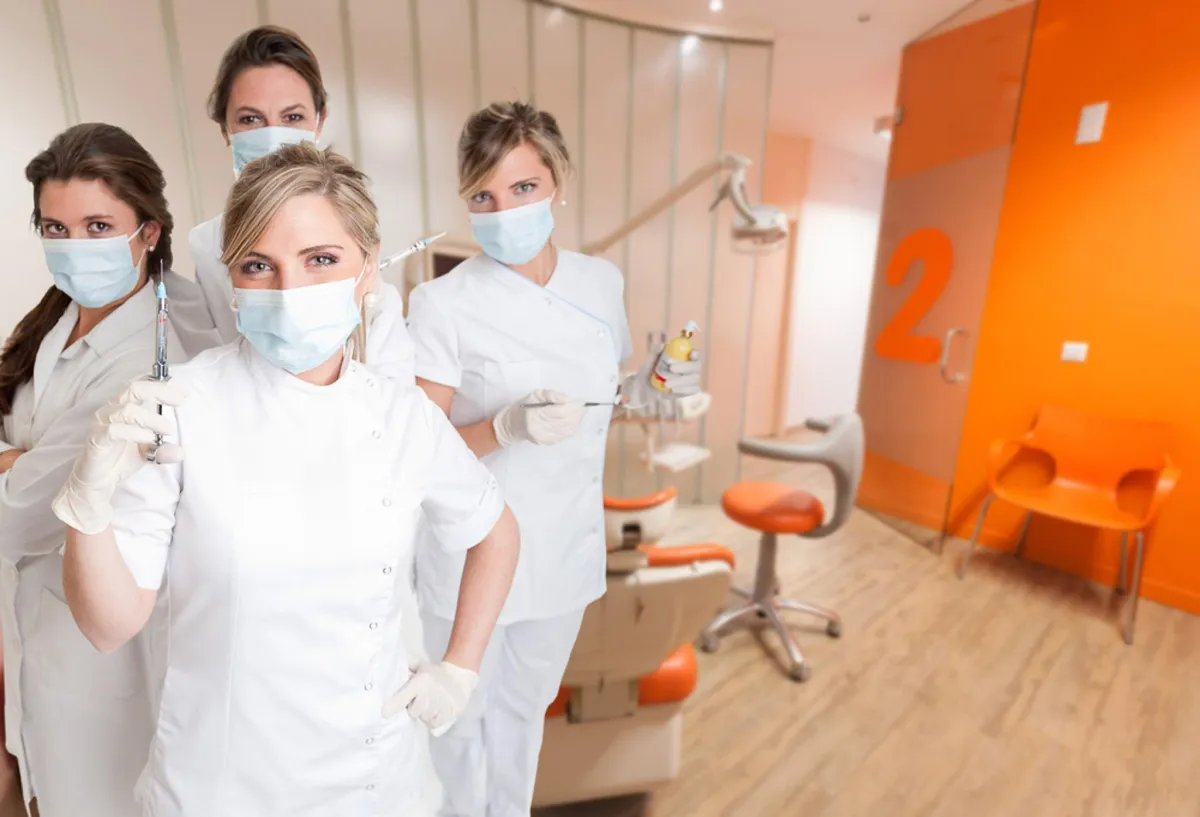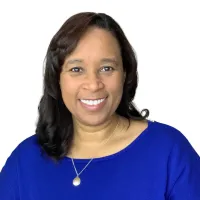
Sign up for our 3 CE Practice Cure On Demand Course
Safe & Simple Treatment of The Anxious Dental Patient

Dentistry Is On Fire
Dentistry is on fire. From where I sit, as a 27 year veteran of dentistry, and a 32 year veteran of health and human service delivery overall, we’ve got a problem. Actually, we have several problems but they all stem from one source: lack of safety in the healthcare workspace. We are neither physically, psychologically, nor parasympathetically safe. We do not have the space to show up as our full authentic professional selves because we do not feel safe.
WHAT WORKPLACE SAFETY IS AND IS NOT
Now, I’m not talking about kumbaya, fire-pit, sing-along safety. I’m referencing being able to work safely in my operatory because I have appropriate space, equipment, and ergonomics. I am talking about being able to ask tough questions, have hard conversations, and press for beneficial change and not be sidelined, segregated, or silenced. I am also speaking to having enough self-possession to express my parasympathetic nervous system in a healthy, connection-producing and creatively generative way.
WHO CARES?
This matters because all three are essential to solving two separate critical concerns we have in our industry: the continually developing adversarial culture in dentistry and burgeoning burnout among dental professionals. I don’t know about you, but I am not excited about working for x number of years gutting it out, hanging on by the skin of my teeth, watching the climate and conversations in dentistry become more volatile and vitriolic – hoping I can just make it to retirement. That is not what I signed up for.
WHERE ARE WE NOW?
Post-pandemic 15% of my colleagues left this field because they needed a break to re-assess what was most important to them. Only 3% of professionals came back because, to them, the benefits outweighed the risks of doing the most dangerous job in the face of COVID-19.
PATIENTS ARE STRUGGLING
What did they get in return? Angry, anxious, sometimes abusive patients who had been gone way too long and had way to little self control to treat their providers with civility and respect. My first patient back after the shutdown yelled at me and questioned every workplace and environmental control we had put in place for her safety. I know the choices we made as an industry were right because according to a study published in The Journal of Dental Sciences in 2022 “if appropriate protective measures are taken, COVID-19 clusters [were] unlikely to occur in dental practice.” That means it was less likely you’d get COVID from the place you should be most likely to get it. PPE and environmental controls for the win.
QUALITY DENTAL CARE IS AT RISK
We’ve also got a staffing shortage, the likes of which has never been experienced in our industry. Now some scary stuff is being suggested as a solution – with the goal of achieving cheaper labor. But cheaper labor won’t reduce inflation or cut the cost of materials. It will not improve our insurance reimbursement rates. In reality, the most egregious “solutions” being undertaken are just going to kick the can down the road.
If dental assistants across the US are allowed en masse to start scaling patients teeth with a weekend certification course, patients will suffer. Our reputations as dental professionals will suffer. When those dedicated, hard working professionals begin to struggle with musculoskelatal injuries, continually increasing expectation for what they should accomplish in the time they have with each patient, and feel the stress of working a full schedule completely solo - they will burn out too. And we still won’t be dealing with the most dangerous issue still facing our industry. Beyond the 70% of hygienists recently surveyed who say they are considering leaving dentistry – and the 70% of healthcare professionals who report struggling with burnout – dentistry is an aging profession in an of itself.
And due to the scare of the pandemic, enrollment in dental hygiene and dental assisting educational programs has tanked.
HOW DO WE FIX THIS?
Getting cheaper labor won’t fix this. Cheaper labor certainly won’t guarantee you are building a connected, engaged team that stays. Cheaper labor will never cure burnout.
Do you know what will? Workplaces built on physical, psychological and parasympathetic safety. The same kind of attention we gave to workplace controls must now shift its focus in the face of a whole new kind of threat.
Will you be a part of real solution?

Yvonne Posey is a practicing clincal dental hygienist, speaker, author and CE provider. She can be reached for consultation at [email protected] or connect with her on LinkedIn Yvonne M Palo-Posey RDH or direct message her at @ccresolution on Instagram.
©Trauma Responsive support Services, llc 2021-2025 | ALL RIGHTS RESERVED | Unsubscribe | TERMS & CONDITIONS | Privacy POlicy
